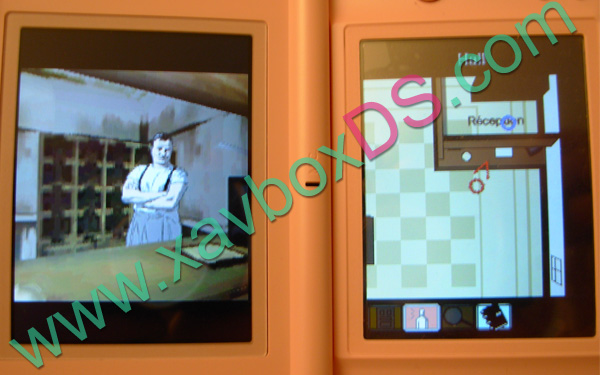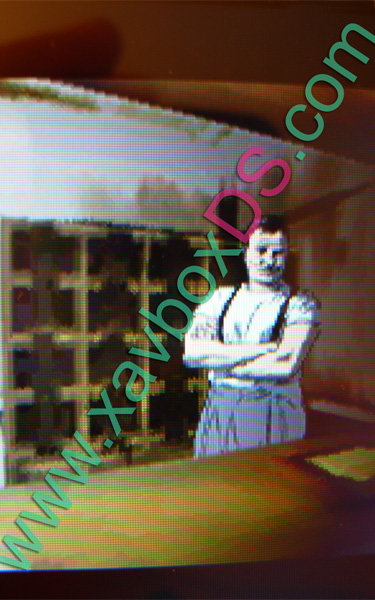

1) It tires your hand much quicker having support the DS’ weight vertically 2) It will get you loads of weird looks on a train or bus should you choose to do you handheld gaming on the move. The final niggle is the way you have to hold the DS which is an annoyance in two ways. In fact a few of the puzzles are the greatest seen since you said “I wonder will this torch burn that spiders web” in the opening level of Ocarina of Time. It should be noted though that most puzzles are of a good quality with only a few resulting in said inconsistencies. Next is that some of the puzzles mentioned above don’t seem to work well with more than a few having very illogical explanations that you seem to just stumble upon rather than solving. The game has its problems though – the big one is that some of the dialog is an absolute chore to read through and due to the game having a hell of a lot of it: 5+ minutes at a time. On top of that there is the addition to use an in-game notebook to write down clues you may think will be helpful later on being another minute yet hugely immersive feature and one of those little touches that really make the game.

This is only a small change from the norm but also a very important one that infinity adds to the game’s appeal. Instead of the stylus representing an item you choose, the item actually appears on screen for you to move around with the stylus to perform the action. Another aspect of the game that I liked was how you use the items. If Kyle then happens upon something important an icon will appear showing you can interact with it and you press it either look for clue, enter numbers or if it’s a door just open it.

You can use the stylus on a map on the touch screen to drag around an arrow which represents Kyle then glance over at the other screen to get a first person view of what Kyle sees. The way the game controls is also very intuitive with the touch screen relied on highly for almost 95% of the inputs.
Hotel dusk room 215 review plus#
Puzzles are the game’s next big plus point as most of them are well thought out and thanks to the DS the inputs remain instinctive throughout the length of the game. In fact the game develops the characters so well adding layer upon layer of info as you work though the game that by the time you reach the end you will know them all extremely well and remember them fondly after playing.

The main points the game focuses on are puzzle solving, character interaction, and well thought out character development. Once in the hotel the game plot starts to take off – although at a very slow pace. The game starts off with Kyle trying to track down a missing friend but as you would expect it evolves beyond this very quickly as you happen upon a hotel. In the game you play the role of an alcoholic ex-cop called Kyle Hyde, who now – rather boringly – has taken up the position of a salesman. Hotel Dusk: Room 215 (which shall from now on shall be called just Hotel Dusk – I hate writing as well, apparently) is set in beautiful 1979 Los Angeles. The DS however seems to want to change that – it wants to make me read and have fun doing it! The DS’ latest attempt to work the ol’ grey matter in turn is the subject of this review: Hotel Dusk: Room 215. At most I read a few books a year and frustratingly I gave up on great deal of them after a few paragraphs… they are just not my thing.


 0 kommentar(er)
0 kommentar(er)
